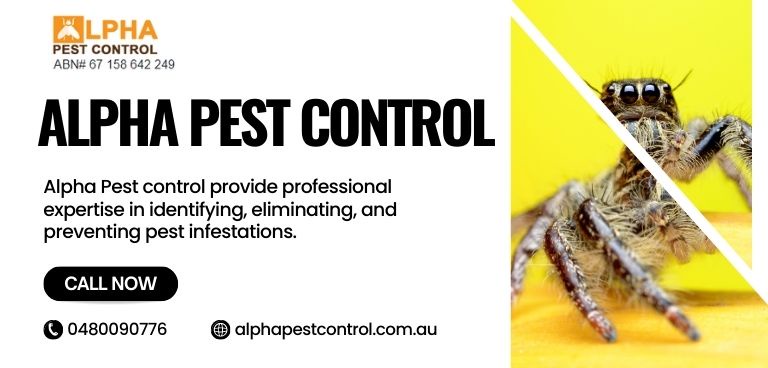Bees play a vital role in our ecosystem as pollinators, contributing to the growth of various plants and the production of food. However, when bees establish their colonies in undesirable locations such as homes or businesses, their presence can become a concern. It's important to address bee infestations responsibly, using eco-friendly approaches that prioritize the well-being of these essential insects. In this article, Pest Control Hampton will explore eco-friendly methods for bee removal, ensuring the safety of both humans and bees.
The Importance of Bees
Before discussing bee removal, it's crucial to understand the importance of bees to our environment. Bees are responsible for pollinating a wide range of plants, including crops that contribute to our food supply. Their pollination activities help plants reproduce and maintain biodiversity. By supporting bee populations, we support the health of our ecosystems.
Signs of Bee Infestations
Identifying signs of a bee infestation is the first step in addressing the issue. Look out for the following indicators:
- Increased bee activity around a specific area, such as a wall, chimney, or tree.
- Observation of a swarm or a cluster of bees in or around your property.
- Finding honeycomb structures or beeswax in unusual places.
If you suspect a bee infestation, it's important to proceed with caution and seek professional assistance.
Understanding Bee Behavior
Understanding bee behavior is crucial when dealing with infestations. Bees are typically non-aggressive and only sting when they feel threatened. It's important to remember that bees are beneficial insects and should be handled with care. Avoid swatting or provoking them, as this may lead to defensive behavior.
Eco-Friendly Approaches to Bee Removal
When addressing a bee infestation, it's important to prioritize eco-friendly methods that ensure the survival and well-being of the bees. Consider the following approaches:
1. Prevention and Exclusion Methods
Prevention is key to avoiding bee infestations in the first place. Seal any openings or gaps in your home or building to prevent bees from accessing potential nesting sites. Conduct regular inspections to identify and seal off any potential entry points.
2. Bee-Friendly Relocation
Rather than exterminating bees, consider bee-friendly relocation methods. Contact local beekeepers or experienced bee removal professionals who can safely relocate the bees and their hive to a more suitable location. This approach allows the bees to continue their pollination activities while ensuring the safety of both the bees and humans.
3. Consulting Beekeepers
Beekeepers are experienced in handling bees and can provide valuable guidance in dealing with infestations. Contacting a local beekeeper can help assess the situation, determine the best course of action, and potentially provide assistance in removing the bees.
Safety Precautions during Bee Removal
When dealing with bee infestations, it's important to prioritize safety for both yourself and the bees. Follow these precautions:
- Wear protective clothing, including a beekeeping suit, gloves, and a veil, to avoid bee stings.
- Work during times of minimal bee activity, such as early morning or late evening.
- Avoid using pesticides or insecticides near bee colonies, as these can harm the bees and disrupt their delicate ecosystem.
Conclusion
Addressing bee infestations in an eco-friendly manner is essential for the well-being of bees and the preservation of our ecosystem. By understanding the importance of bees, identifying signs of infestations, and employing eco-friendly removal approaches such as prevention, relocation, and consulting with beekeepers, we can ensure the safe removal of bees while supporting their vital role as pollinators.
FAQs
- Are all bees harmful or aggressive?
- No, most bees are not harmful or aggressive unless provoked. They play a crucial role in pollination and should be protected.
- Can I remove bees on my own?
- It's recommended to seek professional assistance or consult with experienced beekeepers to safely remove bees. They have the knowledge and tools to handle bee removal properly.
- Why is it important to relocate bees instead of exterminating them?
- Relocating bees helps preserve their population and their essential role as pollinators. Extermination can have negative consequences for our environment and food production.
- Are there any legal restrictions on bee removal?
- Bee removal may be subject to local regulations and permits. It's important to check with local authorities or consult with professionals to ensure compliance.
- How can I attract bees to my garden without causing an infestation?
- Planting bee-friendly flowers and providing water sources can attract bees to your garden without encouraging infestations. It's important to create a balanced environment that supports bees without allowing them to establish nests inside structures.


No comments yet